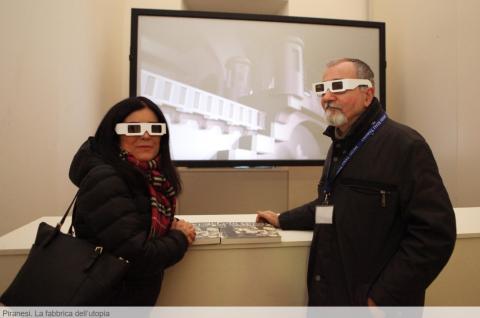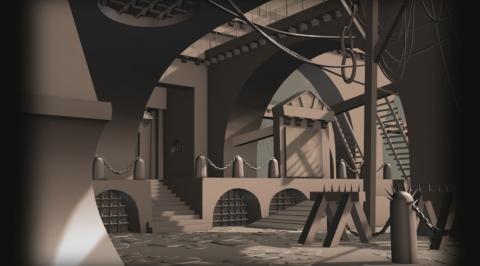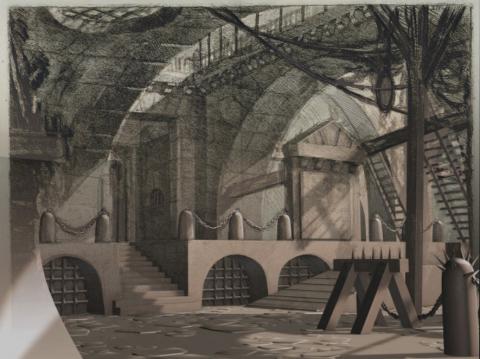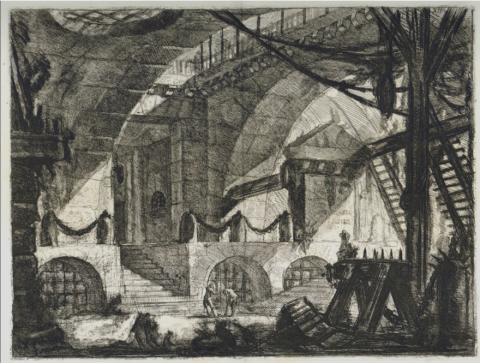MULTIMEDIA ARTS: SANT’ANNA SCHOOL TECIP INSTITUTE AND PERCRO LAB TECHNOLOGY PERFORMS IN CESENA EXHIBITION “PIRANESI. CARCERI D’INVENZIONE”
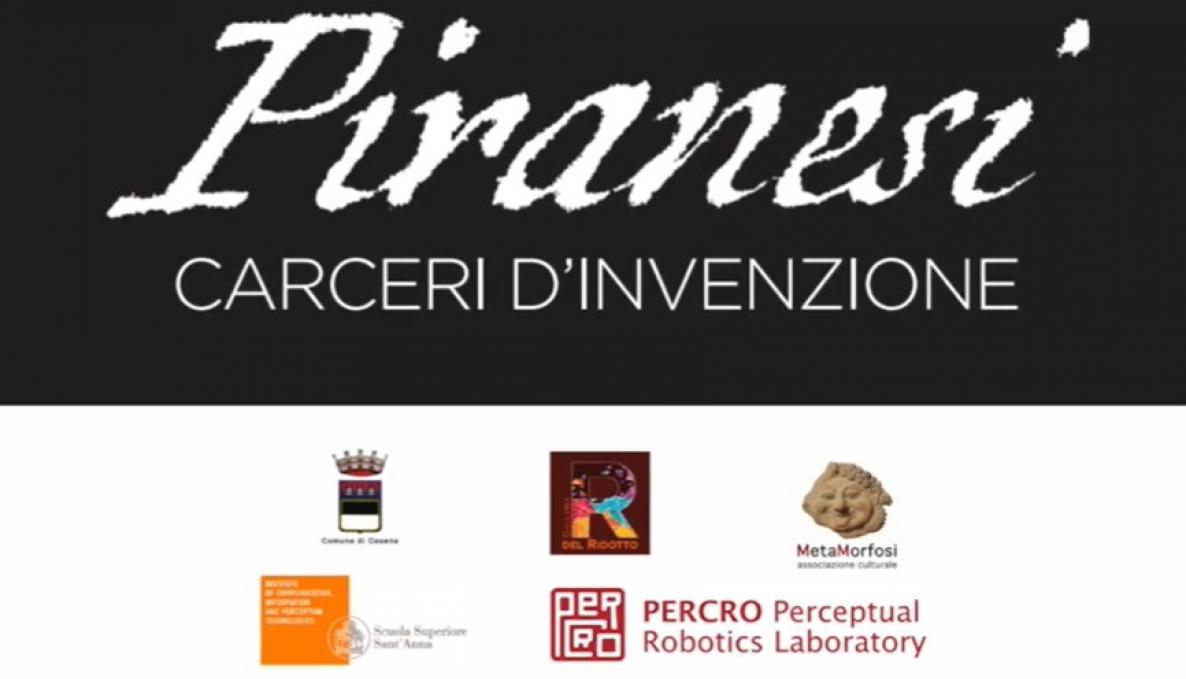
The virtual environment fully immersive exhibition presenting “Piranesi’s Imaginary Prisons - Carceri d’Invenzione” continues until 14 June 2020 in Cesena - Galleria del Ridotto della città Malatestiana. The exhibition further engages the audience by the addition of multimedia content created by the PERCRO Perceptual Robotics Lab. of Sant’Anna School allowing museums to interact with their visitors and enrich their experience.
Designer and curator Luigi Ficacci of association MetaMorfosi organized an interactive experience that extends the art museum exhibition with the use of technology. Visitors can explore digital versions of 16 artworks by Venetian artist, architect, designer, and engraver Giovanni Battista Piranesi (Mogliano Veneto 1720 – Roma 1778) rather than simply viewing his engravings of Views of Rome and the Prisons (Le Carceri). Looking beyond the Prisons imaginary spaces, visitors can enhance understanding of thought-provoking 18th century innovative prints combined with modern renderings through new technologies such as video, photography, and digital modelling, a medium that simultaneously pushes the limits of the thinking about confinement and punishment.
Previously held in Rome and Turin, and now in its third year, the “Piranesi’s Imaginary Prisons - Carceri d’Invenzione” exhibition continues to showcase works in all media, including tridimensional imaging of gloomy staircases and labyrinthine corridors with unreal spaces of the imagination. This immersive interactive experience that combines virtual reality and real-time effects is a unique sensory connection to the artworks through digital engagement
The Carceri d’Invenzione project was developed by researchers Marcello Carrozzino and Chiara Evangelista under the supervision of Massimo Bergamasco, professor of mechanical engineering at the TeCIP Institute. “Digital image processing, geometric transformations and sound effects tools can enhance visual and audio immersive experiences– said Marcello Carrozzino - Fully immersive installations with interactive capabilities of creating illusionistic realism allow increasing physical, cognitive and sensory accessibility.”
Further details on the exhibition are available here.

